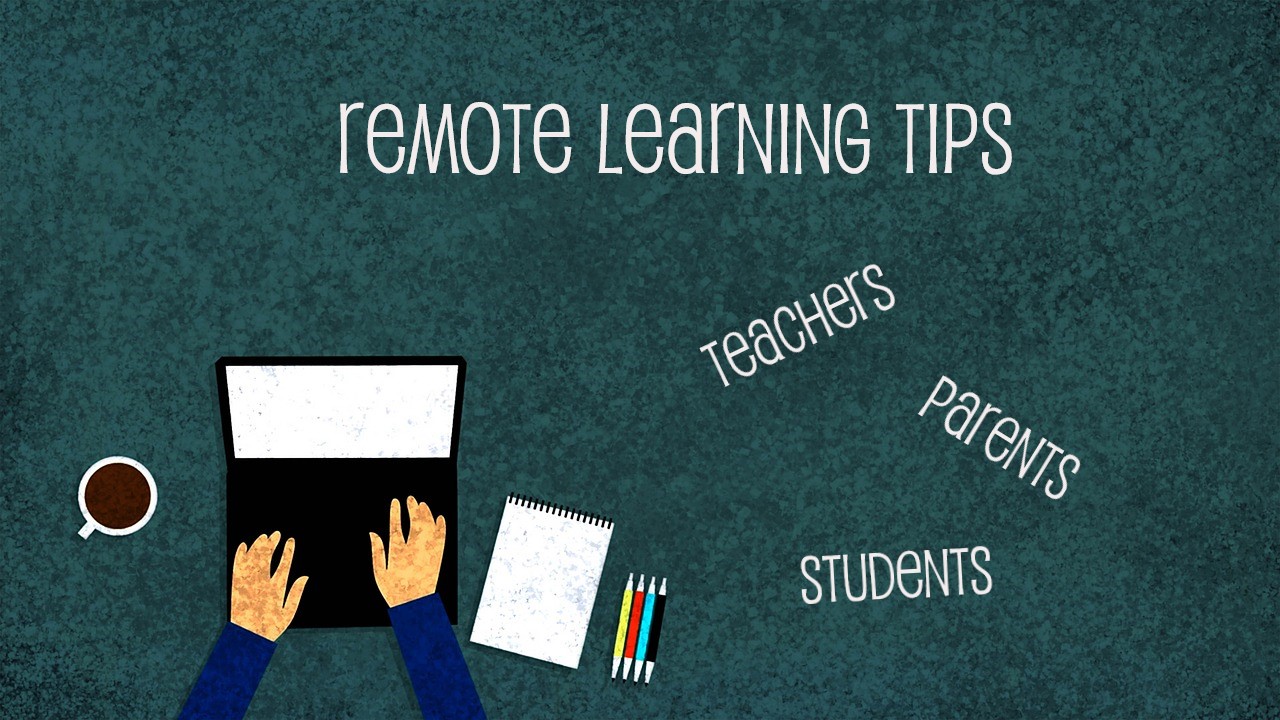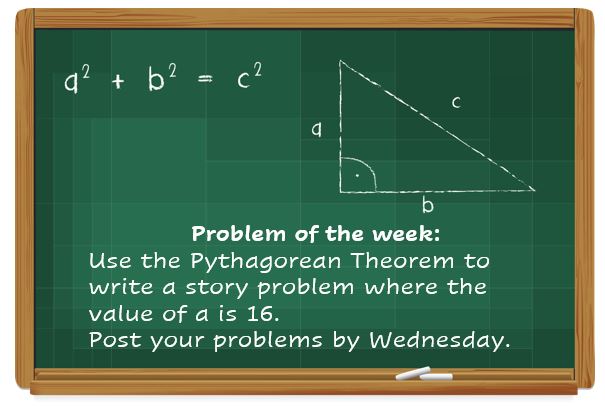Talking about math is more than merely describing the steps in solving a problem (“First, add the ones, then the tens. If you need to regroup, do that.”). Math discussions are focused on the process of working towards a solution, understanding how others’ think about that process, and developing a plan for similar problems. Students should be pushed to think beyond an explanation of steps to an explanation of process, including making errors and how those were resolved. They should also be encouraged to use different methods and tools when solving a problem, then sharing these ideas with others to build a bank of strategies. In a physical classroom, this can be challenging so how can it be done while distance teaching? More than that, how can it be done successfully?
Topics: Math, Student Engagement, tips for teachers, distance learning, distance teaching, student learning
Strategies for Supporting Your ELLs While Remote Learning
“I think I have learned that the best way to lift one’s self up is to help someone else.” – Booker T. Washington
Topics: tips for teachers, ELL, distance learning, distance teaching, English Language Learners, remote learning
Whatever our opinions are on in-class vs remote learning, the unpredictability of coronavirus has necessitated that many districts opt for the latter to ensure the safety of teachers, school staff, and students. That being the case, the following are helpful tips for teachers, parents, and students.
Topics: tips for teachers, Parent resources, distance learning, distance teaching, online learning, student learning, remote learning
As more and more school districts are making decisions about schools reopening and how learning will take place, an approach that is being considered is blended learning. It is doubtful that many have not already heard of blended learning so let’s refer to its simplest form – bricks and clicks learning (‘bricks’ is face-to-face learning in a physical classroom; ‘clicks’ is online learning in a virtual classroom). Most teachers and students have experience using desktops, laptops, and/or tablets to do things such as research information or take state tests. So, bricks and clicks is familiar and in some cases a whole school initiative.
Topics: Student Engagement, tips for teachers, blended learning, student learning
Do you remember the first time you made a paper airplane? Who taught you to fold one? Did your plane fly? I think I was about 6 years old and my uncle visiting from the Philippines showed me how to fold one using one of my homework sheets. I was fascinated as I watched him make the folds, ensuring that each fold was precise, explaining each step. Then he took the newly built paper airplane, lifted his arm, and – whoooosh!-- it flew across my living room. It worked!! This was my first exposure to science and engineering, and it was one I often repeated throughout my elementary school years – design, construction, and test flights to identify the “perfect” paper plane. I was doing STEM before STEM was part of our educational vocabulary! Well, today is National Paper Airplane Day and this is the perfect time to explore the different areas of STEM with one activity.
Topics: STEM Lessons, tips for teachers, STEM
Supporting ELLs in the Virtual Classroom - Teaching Tips and Teams
Today, you’re facilitating your weekly online lesson and the focus is transition words. As usual, your ‘regulars’ are doing what they do best – answering questions, participating in discussion, and sharing examples. Your quieter ones are sending you chat messages when they have questions or are confused. Who you’re not hearing much from are your English Language Learners, or ELLs. They are on camera, smiling through the lessons, even raising a ‘thumbs up’ when you ask the class if everyone understands. But you’re having doubts about how well they are comprehending. You can’t easily stand next to their desks and check work. Your aide isn’t there to do a double-check or ask a question in the native language to ensure understanding. What can you do to help your ELLs in a virtual classroom?
Topics: Education Technology, tips for teachers, distance learning, distance teaching, Microsoft 365 Education, distance education, virtual classroom, English Language Learners
12 Ways to Use G Suite to Support Math Teaching and Learning
Math questions and story problems have the unique reputation of being the focus of many memes on how confusing they can be (Question: If you have 3 pencils and 6 oranges, how many waffles will fit in a car? Answer: Blue because ducks quack.). Now imagine a teacher repeating, reviewing, restating terms and solution steps so that students finally understand. A scheduled one-hour lesson can easily take half a day! Now imagine that scenario in a virtual environment. (I can already hear the crying…from teachers, students, and parents!) Thankfully, G Suite for Education has tools that can support math teaching and learning, while making the experience engaging, interactive, and successful.
Topics: Math, Google Classroom, tips for teachers, G Suite for Education, teacher resources, distance teaching, Google
As we have all learned recently, not only can teachers adapt well to change, but they can do it quickly! Having been accustomed to in-person interaction — roaming a classroom to check ongoing progress, meeting with small groups at the “round table” for personalized instruction, and generally just being able to be with their students -- shifting to a remote, distance teaching environment has been a challenge. Yet, millions of teachers have done so with an enthusiasm and grace that is astounding and admirable.
Topics: Education Technology, tips for teachers, teacher resources, Office 365 Education, Microsoft 365 Education, Microsoft Teams
Now that most of you are finding your rhythm with distance learning, here are some reasons to start using Google Classroom*, if you’re not already.
Topics: Google Classroom, tips for teachers, edtech, technology, distance learning, G Suite for Education
In The World is Flat, economist Thomas Friedman explains how technology can level the playing field in many industries. His Brief History of the 21st Century was ironically published in the 4th year of that century. The commentary was much more of a “looking forward” than a history, but it does frame the ideas in the context of the historical progress that has come before us. His thesis was simple: technology will act as a “leveler” in the 21st century. Technology allows an even, level, or “flat” playing field for economies across the world. Once individuals have access to the world wide web, they have access to markets all across the globe.
We have seen his vision of the future play out in many different industries. Take renting a hotel room for example. Vendors like VBRO and AirBNB have allowed “hotels” to pop up all over the place and access to these hotels to be controlled in a much different way. Uber and Lyft have done the same thing to the transportation industry.
Classrooms have been flattened too. I’m not sure most educators have realized it, because we don’t see the outcome in the same way. Now that curriculum is accessible, in essence, for free from a computer, any parent who has the time is able to homeschool their student. Additionally, students can take courses from teachers all around the globe. Adaptive learning programs now allow the student to learn at their own pace and will challenge them at their exact level of learning. The “market” that schools had on education has changed, how have classrooms adapted to change with it?
Topics: tips for teachers











